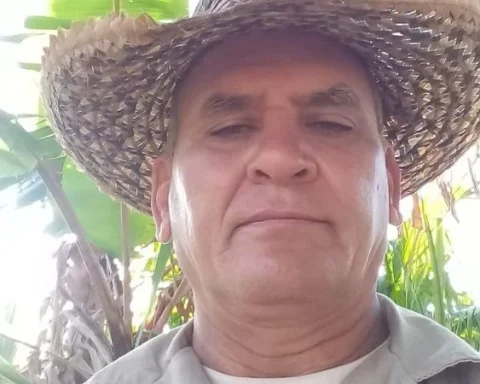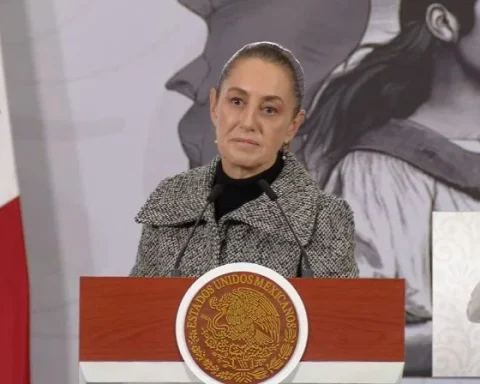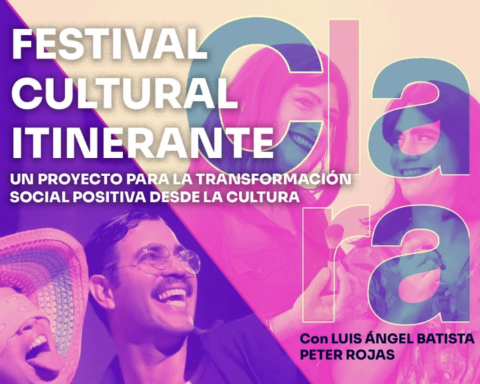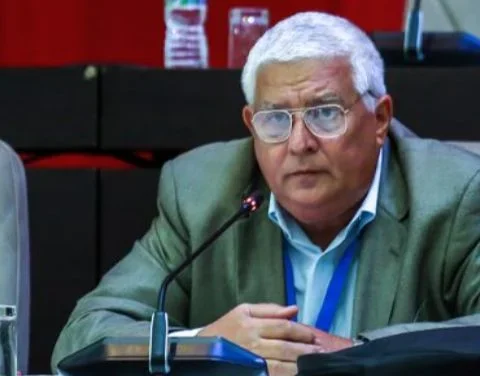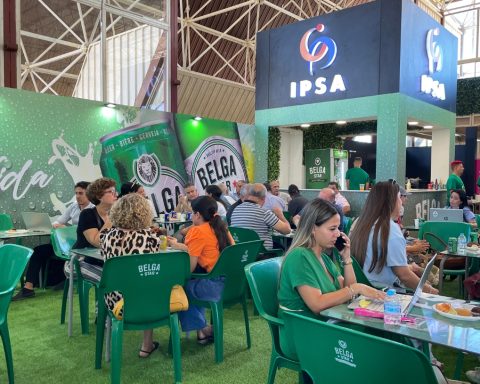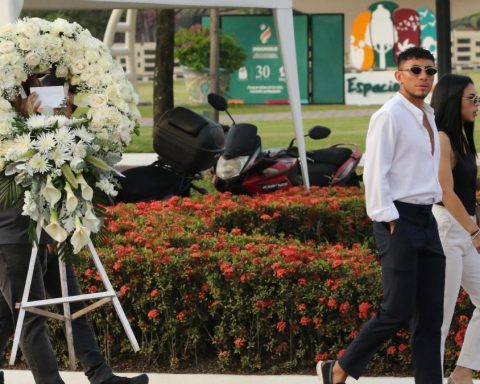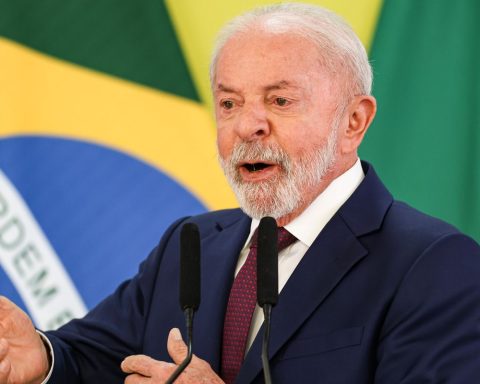MIAMI, United States. – The independent gallery El Apartamento inaugurated last April the personal exhibition “El Gran Chef (aka Patica de Pollo)”, by the Cuban artist Rocío García, one of the most praised and interesting living Cuban painters.
In accordance with a post on Instagram from The Apartment, The exhibition is made up of a series of recent paintings that combine several of the elements that have distinguished García’s work for more than three decades: “the use of color, the narrative aspect and the cinematographic composition of the scenes and the veiled, ironic comment about the reality that surrounds it”.
The gallery maintains that “Rocío is an essential artist on the scene of contemporary Cuban painting” and that “her work, absolutely linked to painting and drawing, refounded at the time the imaginaries of eroticism in local plastic, and Likewise, it has touched on social and political problems of the context at different times”.
Rocío García: the Cuban master of homoerotic painting
Garcia is particularly known for addressing homoerotic themes in her works. The artist was born in 1955 in Villa Clara; She graduated in 1975 from the Saint Alexander Academy of Arts and later obtained a master’s degree from the “Repin” Academy of Fine Arts in Leningrad (today Saint Petersburg).
With influences from literature and cinema in his art, García has created series such as “Peluquerías”, “Geishas”, “Hombres, machos, sailors”, “El domador y otros cuentos”, “Haikus”, “El thriller”, “Very, very light and very dark”, “The return of Jack the Punisher” and “The mission”. His work is characterized by a clean drawing and a minimalist compositional structure.
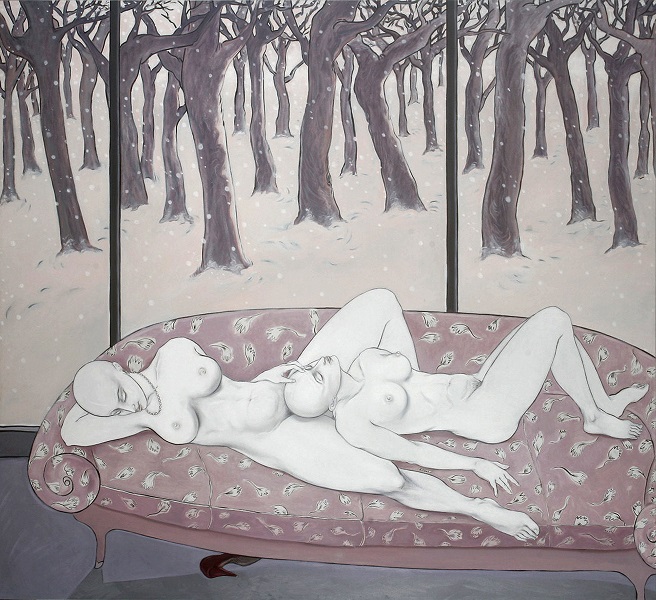
García has explored themes such as power, not only on the sexual level, but also on the social, psychological, and political levels. Her works include elements of humor and a color palette that evoke specific emotions and sensations. Her paintings, although apparently independent, when united in an exhibition, transmit an idea in constant movement from one work to another.
Rocío García’s work has been exhibited and appreciated in countries such as France, the United States, Switzerland, China, Spain and Japan. Her series “Geishas”, which deals with the feminine theme, was especially well received abroad.
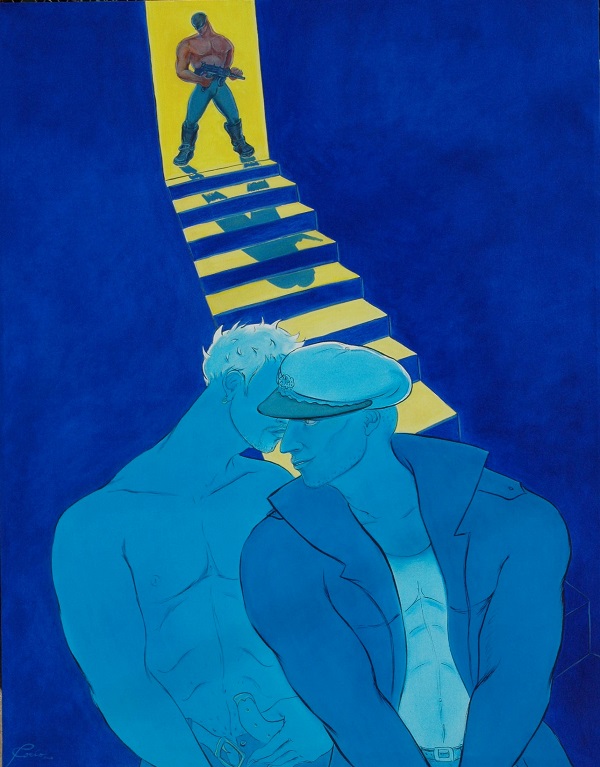
The artist has been nourished by the codes of pop art and the influence of comics, addressing universal themes that go beyond the Cuban reality. In the words of the artist herself, “human beings have more or less similar conflicts anywhere in the world.”
In addition to his artistic work, García has dedicated more than 20 years to teaching, teaching at the San Alejandro Academy.
